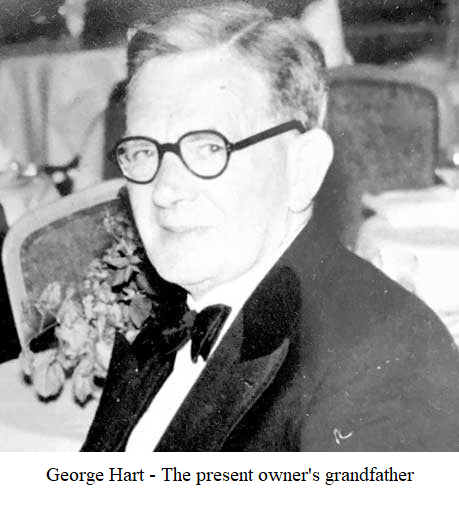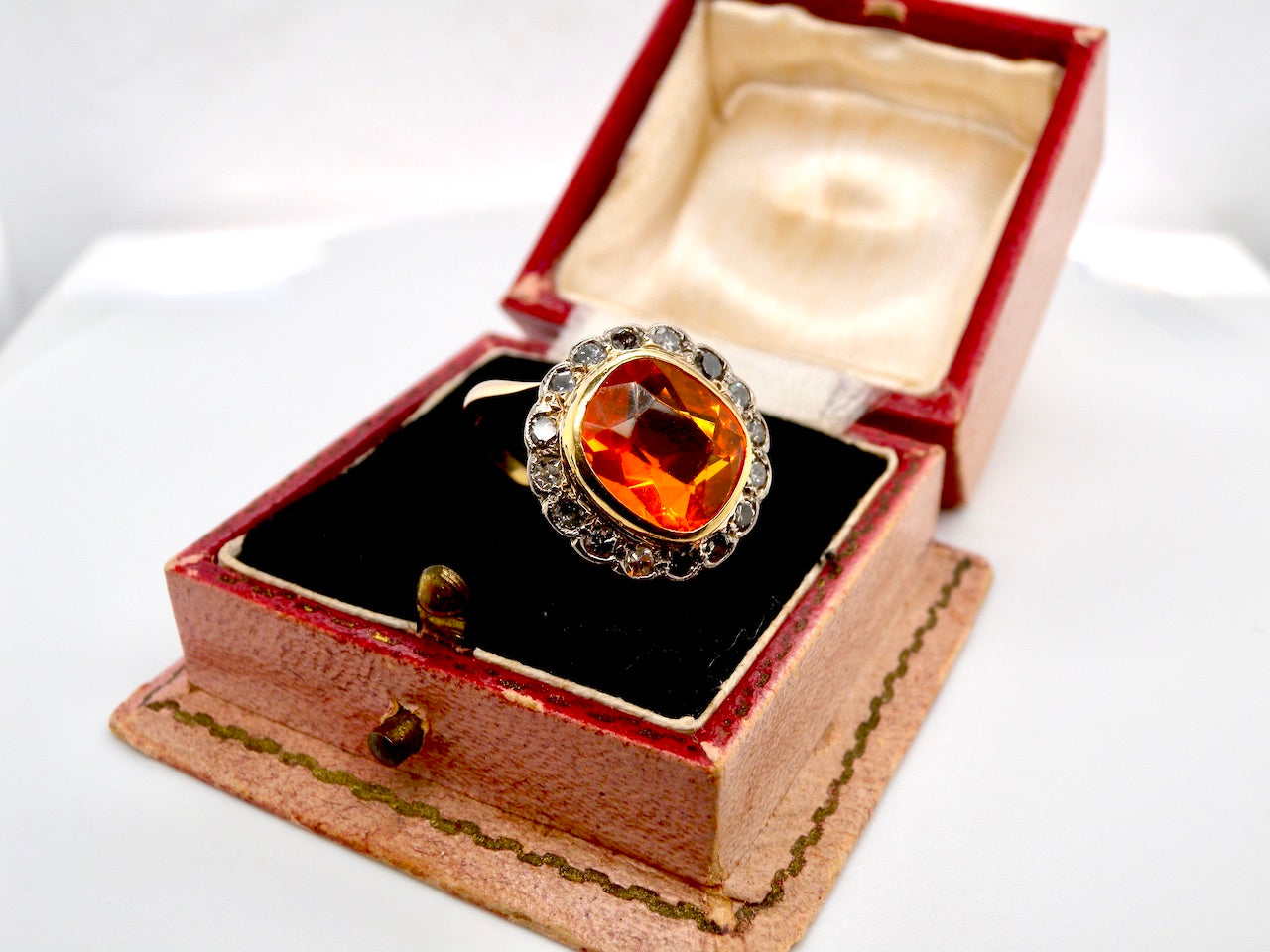Jewellery Through The Ages
Periods of vintage and estate jewellery
Jewellery which is termed ‘vintage’ includes many decades or eras. Each era has many different designs. These eras include Georgian, Early Victorian, Mid-Victorian, Late Victorian, Arts and Crafts era, Art Nouveau, Edwardian, Art Deco and Retro. People confuse Retro with estate jewelry. The word “estate” in “estate jewellery” does not refer to jewellery coming from the estate of the deceased. Estate simply means previously owned
Georgian jewellery (1714-1837)
Georgian era jewellery is handmade, making the quality of each piece variable. Needless to say, Georgian jewellery is very rare. Often featuring nature-inspired designs such as leaves and birds, Georgian jewellery frequently includes precious stones. Memento Mori jewellery was also popular at the time (meaning ‘remember you will die’) and was quite morbid, featuring skull motifs and coffins.
Early Victorian, romantic jewellery (1837-1855)
Like jewellery of the Georgian era, early Victorian era jewellery features nature-inspired designs. Frequently, these designs would be delicately and intricately etched into gold. Lockets and brooches were popular everyday jewellery during the early Victorian era whereas colored gemstones and diamonds were worn during the evening.
Mid-Victorian, grand jewellery (1856-1880)
Because the Grand or Mid-Victorian era corresponded with the death of Queen Victoria’s husband, many jewellery pieces have solemn, grave designs. Known as mourning jewellery, the pieces feature heavy, dark stones. Jet, onyx, amethyst, and garnet are frequently found in jewellery from this period. The jewellery also became especially creative during this period. More colorful designs were born featuring shells, mosaics and colorful gemstones.
Late Victorian, aesthetic jewellery (1885-1900)
During the Late Victorian or Aesthetic period, jewellers used diamonds and feminine, bright gemstones such as sapphire, peridot, and spinel. Star and crescent designs as well as elaborate hat pins were also popular. Some scholars believe the aesthetic era began sooner, in 1875, and ended as early as 1890.
Arts and crafts jewellery (1894-1923)
Due to the Industrial Revolution, many jewellery designers rebelled during the Arts and Crafts movement, returning to intricate jewellery designs and handmade craftsmanship. It was common for jewellery of this era to be simple in pattern, made of colorful, uncut stones.
Art Nouveau jewellery (1895-1915)
Designed by Rene Jules Lalique in France and other jewellers in America, Art Nouveau jewellery features natural designs such as flowers and butterflies. Louis Comfort Tiffany made archetypal Art Nouveau pieces, and his pieces are highly sought after today. Art Nouveau was a style popular from roughly 1895 until World War I. The movement actually began around 1875 in Paris and its influence went throughout the Western world. The movement eventually died out by the end of World War I, but has since continued to be revived throughout the contemporary ages. Art Nouveau jewellery follows curves and naturalistic designs, especially depicting long-haired, sensual women sometimes turning into birdlike or flowerlike forms. Overall the Art Nouveau movement was a romantic one, of imaginary dreaminess, with long limbed ethereal beauties. Magnificent floral and botanical forms often worked in enamel were inexpensive and became so popular once mass-produced, that the Art Nouveau style declined. As an art movement today, the style is still admired and followed by new young jewellers. Art Nouveau vintage jewellery is also popular amongst many collectors.
Edwardian jewellery (1901-1915)
The Edwardian period was born when Queen Victoria died and her son Edward became king. During this period, expensive gemstones such as diamonds, emeralds and rubies and elaborate designs were the fashion.
Art Deco jewellery (1915-1935)
A stilted, stylized design which was named after the 1925 L’Exposition Internationale des Arts Decoratifs et Industriels Modernes, held in Paris, France. Much of the Art Deco design was a transition from the earlier Art Nouveau, and as with the nouveau epoch, was inspired by the Art of the American Indian, ancient Egyptian, and Greek and Roman architecture. The early 1920s interest in Cubism and Dadaism as a new Art form, greatly influenced the Art Deco period. The King Tut traveling exhibit, in the 1970s, renewed the craze for Egyptian design jewellery. Additionally, the mysteries of the pyramids and a continuing revival of astrological studies, lent itself to Art Deco designs which in turn were incorporated in the Art Moderne period following 1930.
Retro jewellery (1945-1960)
Inspired by Hollywood, Retro jewellery is colorful, bold and elaborate. Commonly worn were large cocktail rings, bracelets, watches, necklaces and charm bracelets.


